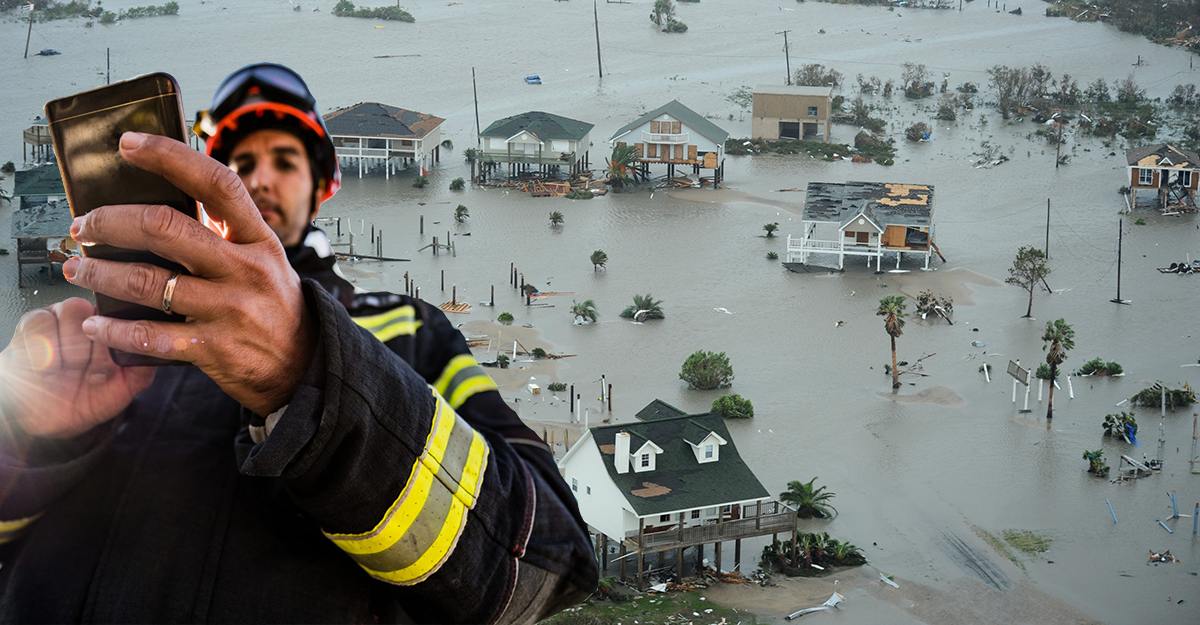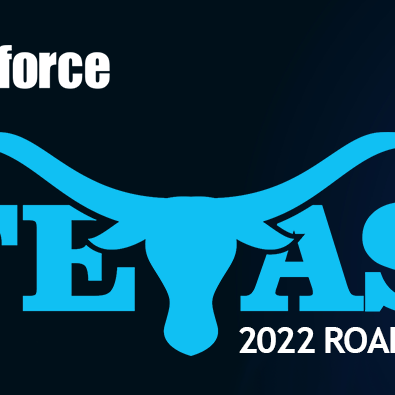
Blueforce Plugin Series: Severe Weather Alerting Plugin for BlueforceEDGE
The importance of keeping our first responders safe during severe weather events cannot be understated. Access to timely and detailed weather alerts is crucial when deployed to any natural and/or manmade disaster or critical incident, especially when it comes to ensuring the safety of those on the front lines. The National Weather Service Severe Weather Plugin for BlueforceEDGE provides hyperlocal alerting for a host of weather events and provides notifications that can be used to alert the right responder, working in the danger zone, that a severe weather event is about to occur. Alerts provided by the new plugin contain valuable real-time updates regarding timing, urgency, and severity of such events. These alerts play a critical role in providing first responders with situational awareness, a means to pivot their response plan against weather related impacts, and prioritize the safety of those on the ground.
Blueforce has seen firsthand the crucial role that severe weather alerts play in assisting departments to prepare for severe weather. When Blueforce provided on the ground COML and ICS support to the state of Louisiana in the early hours of Hurricane Gustav, we were stunned to dual tornados approaching the Incident Command Post on Grand Isles, LA. Now consider the impacts of severe weather in California for wildland fires. The importance of timely notification of high temperature, low humidity, lightning strikes, and shifts in wind direction and speed cannot be emphasized enough.
The National Weather Service Severe Weather Alert plugin for BlueforceEDGE leverages automated emergency alerting APIs from the National Weather Service (NWS) and notifies Blueforce and SMS subscribers of real-time threats and relevant updates. These alerts are transformed by Blueforce and transmitted as hyperlocal alerts, meaning responders only get notifications when a weather threat is proximate to where they are working. When NWS alerts are received, based upon criteria selected by the agency, the plugin sends a notification to all subscribed responders (inside of the hyperlocal location) using pop-ups, chat messages, Blueforce alarms, and even SMS based on severity, time, location, and type of alert (e.g., floods, winds, hurricanes). The plugin is also tied in to our new Orchestration Engine Plugin (more on this in an upcoming post) which allows the change of messaging on Samsung MagicINFO displays, coordination of audible messages or tones for network-enabled Public Address systems, and other notification devices in connected buildings and/or smart cities.
Configuration options of the plugin include:
1. Alerts sent based on radius around the event itself, and/or locations of each responder across a large geographical response area.
2. Multi-modal workflows based on weather severity. This allows each responder to setup filters upon which they want to be alerted.
3. Alert Filter – Urgency: Only send alerts based on “immediate”, “expected”, and/or “future”
4. Alert Filter – Certainty: Only send alerts based on “observed”, “likely”, and/or “possible”
5. Alert Filter – Severity: Only send alerts based on “extreme”, “severe”, and/or “moderate”
6. Alert Filter – Event Types: Only send alerts based on 40+ scenarios to include wind warnings, flooding, hurricane, thunderstorm, marine, surge, tornado, tsunami, hazmat, nuclear, lightning, and more
The Blueforce National Weather Service Hyperlocal Plugin for BlueforceEDGE is available NOW. For more information, send an email to info@blueforcedev.com or call us at 866-960-0204.



